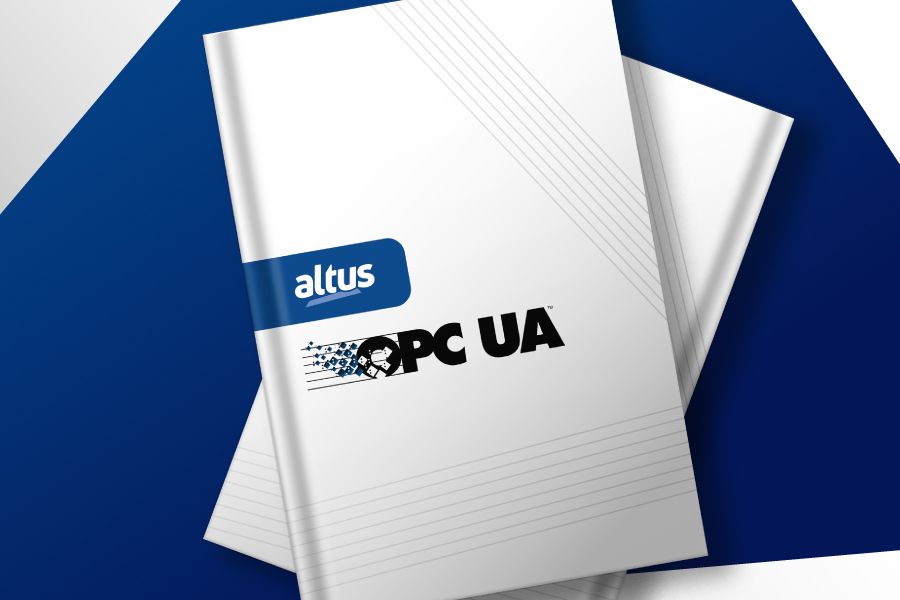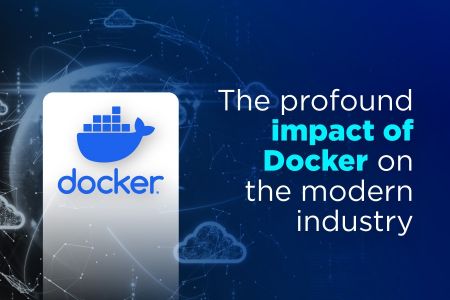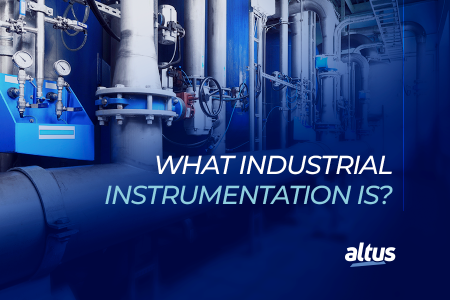
OPC UA: more performance and security for your applications
The multitude of devices, applications, and platforms operating seamlessly in today`s industrial landscape demands a reliable communication method that can interconnect these resources. In this context, OPC UA operates as a bridge protocol, enabling secure and efficient data exchange across diverse industrial systems.
As businesses strive for greater efficiency, scalability, and interoperability, OPC UA plays a pivotal role in driving digital transformation and empowering organizations to harness the full potential of their interconnected infrastructure. To help you extract all the capacity of your PLCs, we have created a technical manual that addresses several aspects related to OPC UA communication with Altus controllers.
In this article you are going to get details about OPC UA protocol, how it has been applied to interconnect systems and smart devices, a few cases where it was used with Altus PLCs, and finally download the OPC UA Manual created by our R&D team of specialists.
OPC UA`s Role in Industrial Communication
OPC UA stands as a cornerstone in modern industrial communication, offering a robust framework for secure and reliable data exchange across diverse systems. Created in 2008 through an initiative involving different companies in the technological segment, including Microsoft, it was developed to ensure the interconnection of smart devices on the factory floor, improving the flow of information exchange and increasing the responsiveness of scenario analysis.
As its name stands for, OPC UA is an Open Communication Platform with Unified Architecture, which makes it run under any operating system and on any hardware platform, such as PCs, cloud servers and PLCs. The protocol has compatibility with firewalls and provides a set of security features, such as session encryption, authentication, user control, among others. The standard also has a multi-layered architecture with a structure prepared to incorporate future technological innovations.
Unlike its predecessors, OPC UA is platform-independent, meaning it can operate seamlessly across various operating systems, hardware architectures, and programming languages. In an industrial context, it can be used to make the connection between the PLC and the SCADA supervisory, providing the necessary information to base the decision making of plant operators and receiving the adjustment instructions for the field devices.
This versatility makes OPC UA an ideal choice for organizations seeking to integrate heterogeneous systems and achieve true interoperability.
Know more in Why use the OPC UA, MQTT and CANOpen protocols in my IoT applications?
Key Features and Benefits of OPC UA
Connectivity: Regardless of the vendor or underlying technology, OPC UA enables smooth communication between a variety of systems and devices. This connectivity promotes interoperability and collaboration throughout the industrial landscape by streamlining data interchange and integration activities.
Security: OPC UA has strong security features like access control, authentication, and encryption to guarantee data integrity, confidentiality, and defense against online attacks.
Scalability: The protocol`s scalable architectures accommodate growing networks, additional devices, and complex data structures without compromising performance or reliability.
Standardized Data Models: Its standardized data models define how information is structured and exchanged, promoting interoperability and simplifying data integration across heterogeneous systems.
Fault Tolerance: OPC UA includes features for fault tolerance, ensuring continuous operations and minimizing downtime in mission-critical environments.
Altus PLCs and the OPC UA protocol
As it is an essential feature for modern and high-performance PLCs, the OPC UA protocol is available in all the products from Nexto Series of programmable controllers. It has been strongly used to connect controllers collecting data from field devices to supervision systems and smart cloud-based applications.
Recently, an important North American marine shipyard responsible for the construction of advanced vessels used Altus PLCs to modernize the automation system of its fleet and develop America’s first hydrogen powered catamaran.
The applied architecture counts on five XP315, one of Altus’ IoT-ready PLC models, and one 15” HMI. Four of the controllers are on separate Motor Control Center cabinets in places adjacent to the fuel cell room and in each hull. They control the drives responsible to start and stop the onboard pumps and fans.
The controllers also collect data from the sensors and devices monitoring the variables of the system. The fifth PLC, as well as the HMI, is located in the bridge control. The controllers in the MCC cabinets and the XP325 in the bridge control are connected to the HMI through an Ethernet network and communicate with it using the OPC UA protocol. Know more in this link First American hydrogen powered catamaran uses Xpress technology
Another company sought Altus technology to implement an breakwater safety system. The solution controls access to the port`s breakwater area. It uses two Nexto Xpress controllers to communicate with the instrumented buoy, which is located at sea, and with the traffic lights to indicate undertow. The system developed is used to control entry to the port`s breakwater area and signal to workers the risk of access to the site.
The implemented architecture uses two XP340 PLCs to calculate the risk of undertow and activate the traffic lights that indicate the danger of accessing the location. The solution developed relies on a web system based on NODE-Red to make HTTP queries to the server that contains the data sent by the sensors onboard.
These instruments are responsible for collecting information about the weather and the variables that precede the moment of ocean disturbance. The system then sends this data to the controller via the OPC UA communication protocol.
OPC UA manual for Altus PLCs
The manual developed by Altus R&D specialists is designed to provide a comprehensive understanding of the OPC UA protocol. Immerse yourself in detailed technical descriptions that unravel the intricacies of communication concepts, offering a solid foundation for implementing OPC UA in Altus PLCs.
Know our new CPU NX3008, your next step towards an industry fully integrated to the 4.0 Universe
The manual goes beyond the basics, exploring more complex subjects like security settings, guaranteeing strong defense against online threats and illegal access. It dives deep into diagnostic tools, which may help with effective maintenance and troubleshooting, hence improving system uptime and reliability.
Furthermore, the manual includes a thorough performance analysis section, enabling users to optimize their Altus PLCs for peak efficiency. This detailed approach empowers users to harness the full potential of OPC UA, leveraging Altus` expertise to seamlessly integrate and operate their systems with confidence and precision in OPC UA environments.
Enter your information in the fields below to download the manual and enhance your experience with Altus PLCs operating in OPC UA networks.




